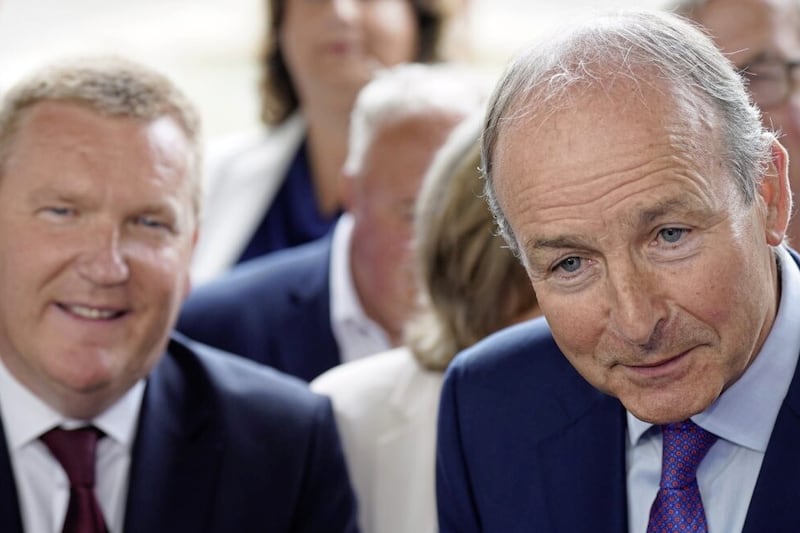George Washington Memorial Park is full of oak and maple trees. The grave-markers are flat on the grass, which encourages you to meander through, meditatively, rather than make a bee-line for a recognisable vertical marker.
I stood under a gazebo on a bright May morning 20 years ago as a bugler played Taps, then a United States Marine Corps Honour Guard in Dress Blue uniforms folded the stars and stripes with precision and reverence before handing the flag to my mother-in-law.
The marine said: “Ma’am, on behalf of the President of the United States, the United States Army, and a grateful nation, please accept this flag as a symbol of our appreciation for your husband’s honourable and faithful service.”
My father-in-law had served in the US Army in Korea. He returned to the United States with a black panther tattooed on his shoulder and, most likely, undiagnosed PTSD.
He was the textbook definition of a doting grandfather and, because I had lost my own father when I was so young, I depended on him a lot when my first child was born and I was so far from home. I miss him.
Whilst the flag ceremony might seem alien or over-the-top to those outside the United States, the ceremonial folding and presentation is a moving tribute of lasting importance to a bereaved family. It is a symbol of community solidarity in their grief. It mattered.
There was a very different experience in this part of Ireland in the 1980s when, for a period of time, Cardinal Cahal Daly banned the coffins of IRA volunteers from entering Catholic churches whilst their funeral Masses were said.
RUC riot squads were out in force at republican funerals for fear someone might be offended at seeing an Irish flag on a coffin on the teatime news. Corteges were hijacked, plastic bullets fired and people killed for having the audacity to commemorate their dead.
Cardinal Daly reserved his strongest condemnation for republicans and seemed to perceive loyalist and state violence as somehow less awful. I remember hearing him say that he had attended 41 funerals of victims of sectarian violence in seven years and thinking I am pretty sure none of those was the funeral of a republican. Hardly surprising, as he had spoken of the “sinfulness of armed struggle”.
The Catholic hierarchy of the 1980s and 90s failed to grasp the reality that a substantial number of its flock were not as clear-cut in their views on the matter. It also failed to implement one of the central tenets of Christianity that you can love the sinner but hate the sin.
The attitudes and actions, or inactions, of the Church hierarchy caused many to fall away at that time from practising their faith.
But let’s say for just one moment, in the most benign of analysis, that the policy of not permitting the national flag onto church property was designed to prevent shows of strength in order to try to de-escalate tensions during the conflict.
OK, but those conditions no longer exist. So why are some churches still banning flags on coffins? It is by no means universal in every parish or even diocese, nor is it a policy in place in Catholic churches in the south of Ireland.
My father-in-law’s coffin was draped in the American flag throughout his requiem Mass. I attended a First Holy Communion in a London Catholic church only a couple of years ago where the union flag stood on a flagpole on the altar.
Why is there still a policy in the north of Ireland of denying families the choice of whether to have the national flag as part of the ceremonies around the death of their loved ones?
The issue has come to a head recently with the formation of a group called Dignity, which is campaigning against the decision by the Catholic Church in some instances to deny families the opportunity to have the tricolour on the coffin during requiem Mass.
It is a single-issue campaign which is not an attack on the Church or its teachings but is rather about allowing families the opportunity to include a symbol of significance to the deceased to be included in the final ceremonies to mark their lives.
We have all attended funerals where, for example, football shirts, tools of a person’s trade or family memorabilia have rested on the coffin during the requiem Mass as a poignant reminder of the deceased’s life and loves.
If it is the wish of the deceased or their family to celebrate their national identity, then how is the flag any different or less dignified than a Liverpool football shirt or a paramedic’s epaulettes?
The Catholic Church might still feel the fear, but it should do it anyway.








